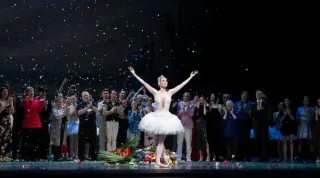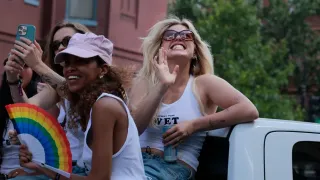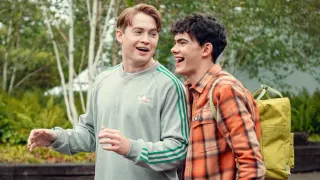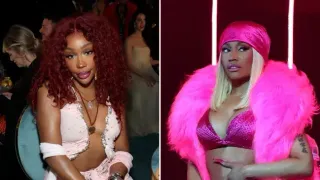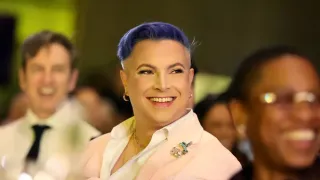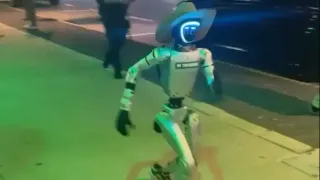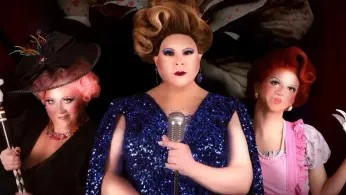
5 hours ago
Camp, Crime, and Queens: "Big Easy Queens" Brings Drag Horror to the Bayou
READ TIME: 3 MIN.
"Big Easy Queens," directed by Erynn Dalton, plunges viewers into a fever dream of drag, crime, and supernatural thrills set in a hyper-stylized, queer version of New Orleans. The film centers on Minnie Bouvèé, a night club owner and self-proclaimed Mob Queen of the Quarter, who finds herself at war with her rival Poodles Makenzie and wrestling with the return of her estranged sister, Mimi Bouvèé-Truvé. The plot thickens with a series of murders, a masked stalker, and a swirl of voodoo magic that keeps the narrative pulsing with suspense and campy energy .
After Minnie orchestrates the brutal takedown of Poodles Makenzie’s crew, she prepares for inevitable retaliation. The danger escalates when Minnie becomes the target of a masked figure who haunts her with bouquets of gardenias and ominous notes, leaving the audience to wonder whether the culprit is Poodles seeking vengeance or Mimi, the sister who once stole Minnie’s lover and has now returned to the fold . The tension between the sisters is palpable, with both being manipulated by the cunning Poodles, while all three must contend with the lurking threat of the killer and the chaos of their criminal underworld .
What sets "Big Easy Queens" apart is its unabashed embrace of queer culture and drag performance. The film is described as "eighty minutes of pure horror queer celebration with original musical numbers, voodoo, zombies, Drag Queens, and campy neo-giallo delight soaked in blood, gristle, and glitter" . The production, shot entirely in Florida but evoking a fantastical New Orleans, leans heavily into camp sensibilities—dialogue is witty and exaggerated, costumes are dazzling, and the performances are intentionally over-the-top .
Varla Jean Merman, a noted drag icon and part-time New Orleans resident, is among the standout cast members, delivering a memorable dual-role performance that further elevates the film’s camp credentials. The interplay between the leads—Miss Bouvèé as Minnie, Jennifer McClain as Poodles, and Suzie Toot as Mimi—injects the film with a unique blend of menace and humor, crafting a world where drag queens are not only entertainers but power brokers and antiheroes .
"Big Easy Queens" has been widely recognized within the LGBTQ+ community for its unapologetic representation. The film offers queer audiences a rare opportunity to see themselves reflected not just in the margins but at the very center of a wild, genre-bending story. By fusing elements of horror, crime, and musical theater, the film disrupts traditional genre boundaries and offers a celebration of queer resilience and creativity .
Critics have noted that while the narrative may be "a little over the top," it is precisely this extravagance and refusal to conform that makes "Big Easy Queens" such a vital addition to queer cinema. The story’s focus on chosen family, the complexities of sisterhood, and the power dynamics of the drag world resonate with LGBTQ+ audiences, offering both catharsis and delight .
With its infectious energy, dazzling visuals, and a cast of scene-stealing drag queens, "Big Easy Queens" has quickly become a cult favorite among fans of queer cinema and camp horror. The film’s willingness to play with genre, its celebration of LGBTQ+ identities, and its unapologetic embrace of drag culture make it a standout in the landscape of contemporary queer filmmaking .
For those looking to escape into a world of glitter, gore, and glamour—with a distinctly queer twist—"Big Easy Queens" delivers an unforgettable ride through the dark, fabulous heart of an imagined New Orleans underworld.
